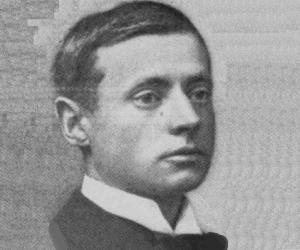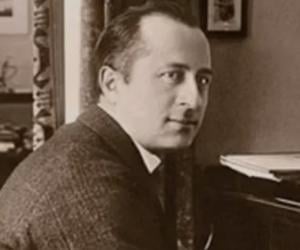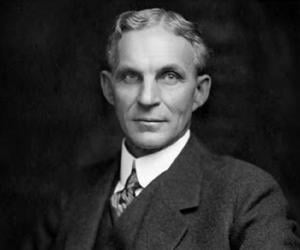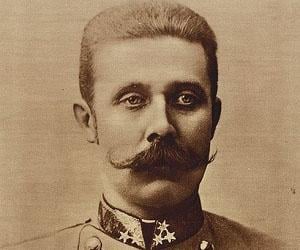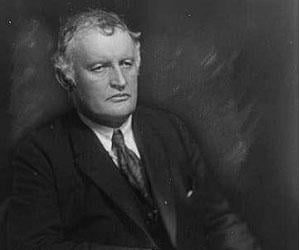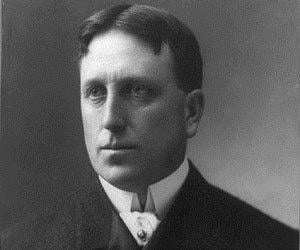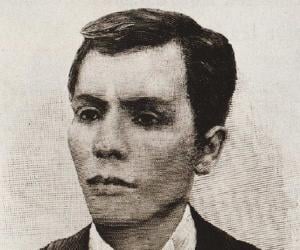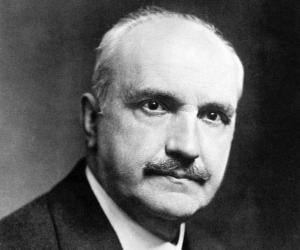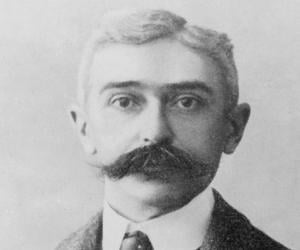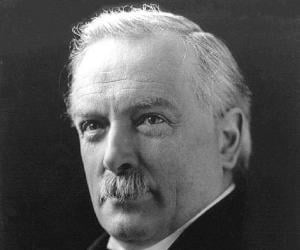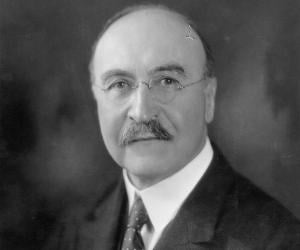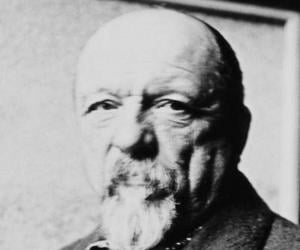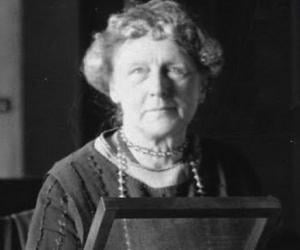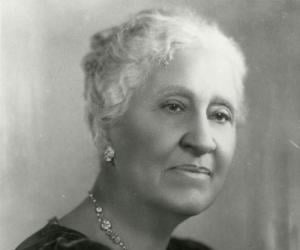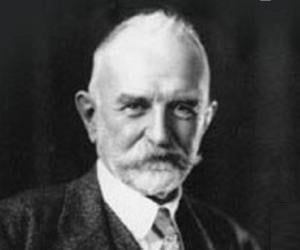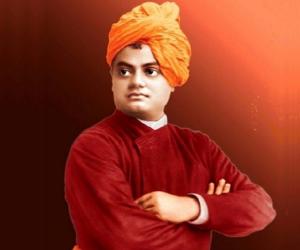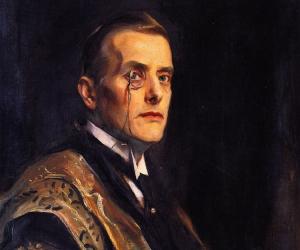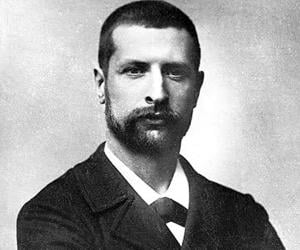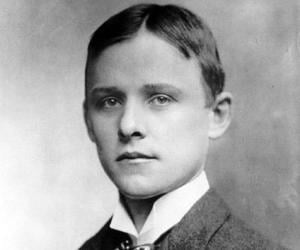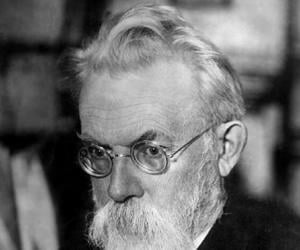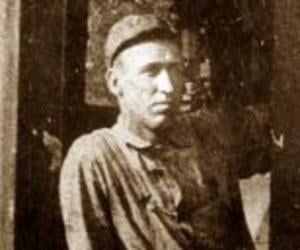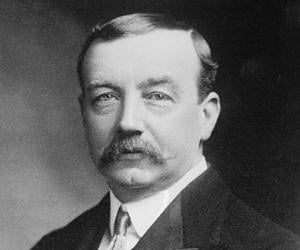Business magnate and founder of the Ford Motor Company, Henry Ford is credited to have made the automobile an accessible conveyance for Americans in the 20th century. Following the success of his company, he became one of the richest and best-known people in the world. He also became known for his pacifism during the first years of World War I.
Norwegian painter Edvard Munch is remembered for his iconic works The Scream and The Frieze of Life - A Poem about Life, Love, and Death. His paintings exhibited themes that reflected his own psychological states. He was a significant member of the Symbolism movement but was banned by the Nazi.
William Randolph Hearst was an American newspaper publisher, businessman, and politician. He is credited with developing America's largest newspaper chain, Hearst Communications. Today, Hearst Communications has grown into a multinational business information and mass media conglomerate. William Randolph Hearst’s life and work inspired the creation of Charles Foster Kane, the main character in the 1941 drama film, Citizen Kane.
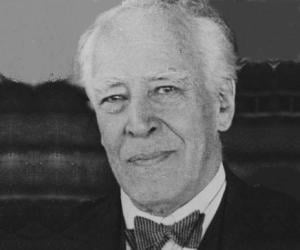
Legendary Soviet and Russian theatre-practitioner Konstantin Stanislavski, who played an instrumental role in promoting new Russian drama of his time, is best-known for co-founding the world-renowned Moscow Art Theatre and developing the Stanislavski's system of training and preparing actors. Sergeyevich was considered one of the prominent theatre directors of his day and also earned repute as a remarkable character actor.
One of George Santayana’s initial works, The Sense of Beauty, spoke about aesthetics, an oft-repeated topic in his later works. The Spanish-born American philosopher and Harvard professor is remembered for his quote “Only the dead have seen the end of war,” which has often been misattributed to Plato.
Pierre de Coubertin was a French historian and educator. Credited with founding the International Olympic Committee, Coubertin is often referred to as the father of the modern Olympic Games. Also an important contributor to the sport of rugby union, Coubertin was inducted into the World Rugby Hall of Fame in 2007.
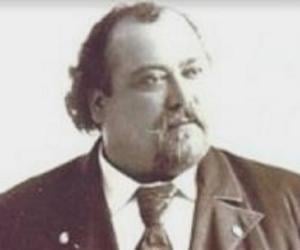
Industrial chemist Leo Baekeland is remembered as The Father of the Plastics Industry for creating Bakelite, the first synthetic plastic of the world, thus marking the beginning of the Polymer Age. His many inventions include Velox, a special photographic paper, the rights of which he sold to George Eastman.
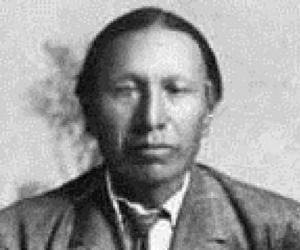
Paul Signac had initially aspired to become an architect but later deviated to painting. A major figure of the post-Impressionist period, he, along with Georges Seurat, pioneered the technique called pointillism. A sailor and an avid traveler, he mirrored the beauty of the European coasts in his works.
After studying physics and astronomy at Wellesley College, Annie Jump Cannon traveled across Europe and focused on photography for a decade, before venturing to study astronomy again. At the Harvard Observatory, she made a considerable contribution to the classification of stellar bodies. She was almost deaf due to scarlet fever.
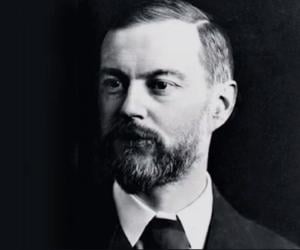
Famous for his designs of car and airplane engines, fifteen years old Frederick Henry Royce learned engineering through hands-on during his apprenticeship at Great Northern Railway Company rather than through education. At twenty-one, he started his own engineering business, manufacturing electrically driven cranes, dynamos, and motors, eventually drawing the attention of C.S. Rolls, co-founding the Rolls Royce Company with him.
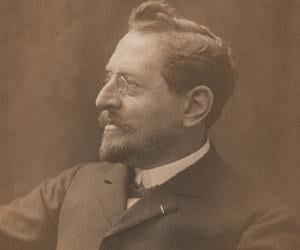
Sergei Mikhailovich Prokudin-Gorskii was a photographer and chemist of the Russian Empire. Prokudin-Gorskii is remembered for his effort to capture early 20th-century Russia and his groundbreaking work in color photography. From 1909 to 1915, Prokudin-Gorskii traveled across the Russian Empire, documenting several of its aspects. After his death, many of his negatives were taken to the U.S. Library of Congress.
Mary Church Terrell was an African-American suffragist and civil rights activist. She was one of the first women of African-American heritage to earn a college degree. Terrell helped establish the National Association of Colored Women and served as its first president. Mary Church Terrell was made an inductee of the National Women's Hall of Fame in 2020.
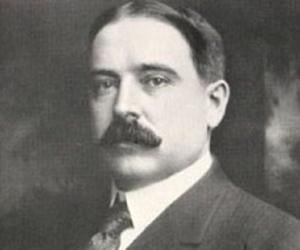
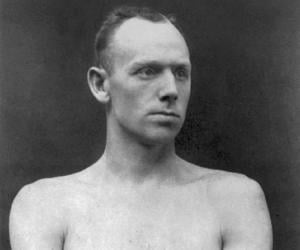
British boxer Bob Fitzsimmons initially spent a lot of time in his family’s blacksmith’s forge in New Zealand, thus later earning the nickname The Fighting Blacksmith. He later scripted history as the first boxer to win world titles in three categories, the middleweight, the light-heavyweight, and the heavyweight divisions.
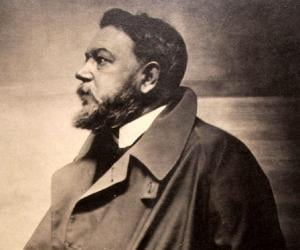
Born into poverty and orphaned at age 2, Impressionist painter Joaquín Sorolla later traveled to Rome to acquire training in painting. He began his career painting on themes of historical and social relevance and later also excelled in landscapes and portraits. Sad Inheritance remains one of his best works.
American philosopher and social psychologist George Herbert Mead was one of the pioneers of pragmatism and symbolic interactionism. He taught at the University of Chicago, and his ideas later came to be known as the Chicago school of sociology. His notable lectures were published as books only after his death.
The founder of the Ramakrishna Mission and Ramakrishna Math, Swami Vivekananda was an Indian Hindu monk, philosopher, and spiritual leader. He is credited with introducing the Indian philosophies of Yoga and Vedanta to the Western world. He is also credited with elevating the status of Hinduism as a major religion in the modern world by raising interfaith awareness.
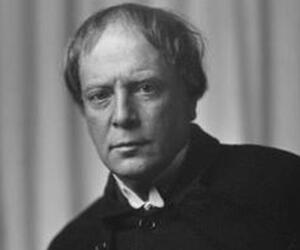
Welsh writer Arthur Machen was a master of science-fiction and horror. He soared to fame with his novella The Great God Pan, which later achieved cult status. However, in spite of his literary fame, he continued to live in poverty, working as a journalist, a clerk, and a teacher.
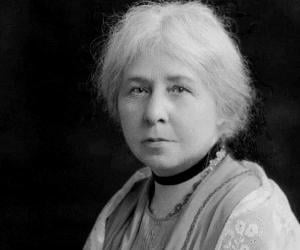
British Egyptologist and anthropologist Margaret Murray was also a scholar of witchcraft. Her best-known work is her 1921 book The Witch Cult in Western Europe, which inspired later witchcraft scholars such as Gerald B. Gardner. The University College London professor had worked in places such as Egypt, Malta, and Petra.
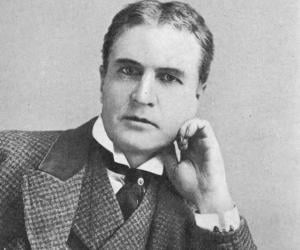
Alexandre Yersin was a physician and bacteriologist. He is credited with co-discovering Yersinia pestis, the bacillus that causes the bubonic plague. Also an agriculturist, Yersin pioneered the cultivation of rubber trees. He is revered by the Vietnamese people because of his association with Hanoi Medical University; a private university in Da Lat is named in his honor.
Vladimir Vernadsky was a geochemist and mineralogist who is widely regarded as one of the founders of radiogeology, biogeochemistry, and geochemistry. He is also credited with founding the Ukrainian Academy of Sciences. Vernadsky is best remembered for his book, The Biosphere, which discusses Eduard Suess' work. He won the prestigious Stalin Prize in 1943.
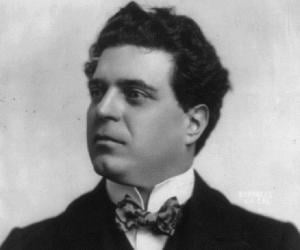
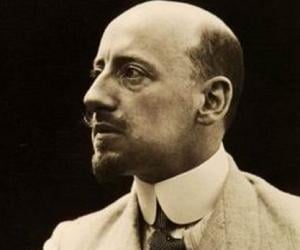
Known for literary works like Il Piacere and La Gioconda, Italian journalist, poet and playwright Gabriele D'Annunzio dominated the second period of Italian Decadentism. He became a national war hero during the First World War. His political endeavours include establishing and leading the short-lived Italian Regency of Carnaro in Fiume. He is often described as the forerunner of Italian fascism.
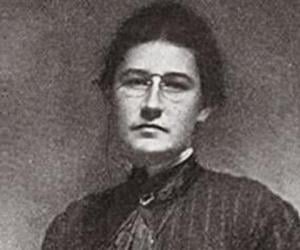
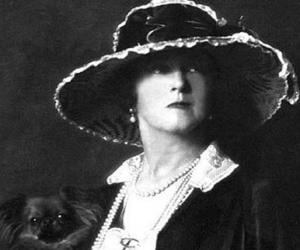
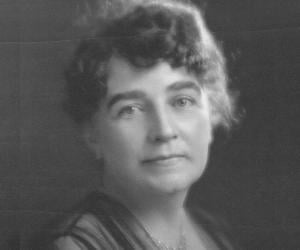
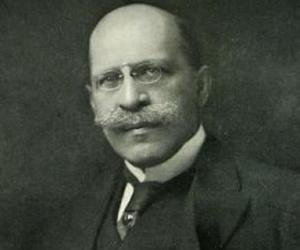
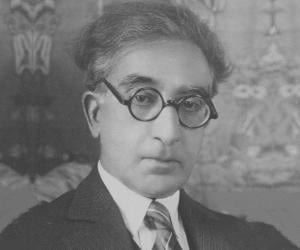
Widely regarded as one of the most distinguished Greek poets of the 20th century, Constantine Peter Cavafy became known for his own individual style. During his lifetime, he preferred to share his work through local newspapers and magazines only. His first book was published two years after his death. He also worked as a journalist and a civil servant.
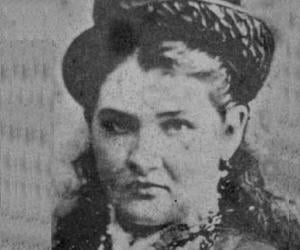
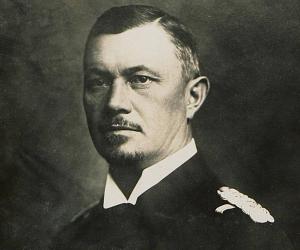
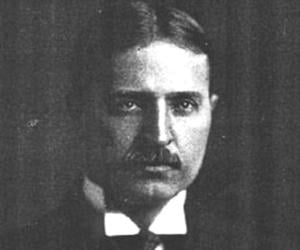
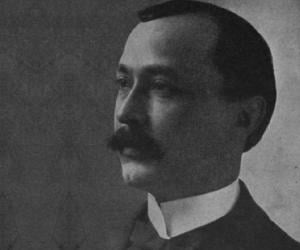
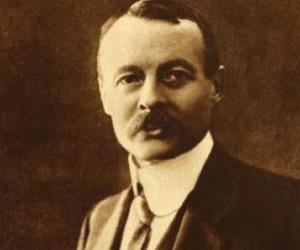
Charles Pathé was a French film producer and businessman. A pioneer of the French recording and film industries, Pathé is best remembered for pioneering the development of the motion picture. Charles Pathé is also credited with founding a company named Société Pathé Frères.
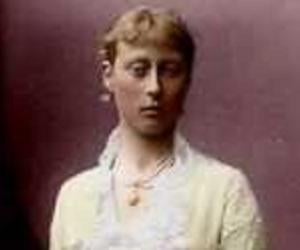
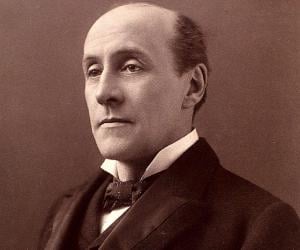
Best known for his iconic novel The Prisoner of Zenda, Anthony Hope specialized in cloak-and-sword romances and eventually created a separate genre, known as the Ruritanian romance, set in the mythical country of Ruritania. He was also knighted for his achievements but eventually succumbed to throat cancer.
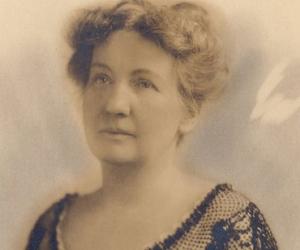
Ellen Churchill Semple was an American geographer best remembered for her association with the Association of American Geographers, where she served as the first female president. Semple made immense contributions to the development of geography as discipline in the US, especially studies of human geography. In 1914, Semple was honored by the American Geographical Society with the Cullum Geographic Medal.
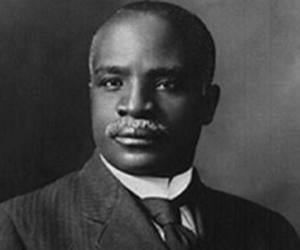
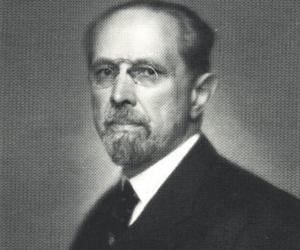
Werner Sombart was a German sociologist and economist. He was one of the 20th century's most important Continental European social scientists who served as the leader of the Youngest Historical School. Werner Sombart is credited with coining the phrase late capitalism. He is also remembered for his magnum opus, Der moderne Kapitalismus.
